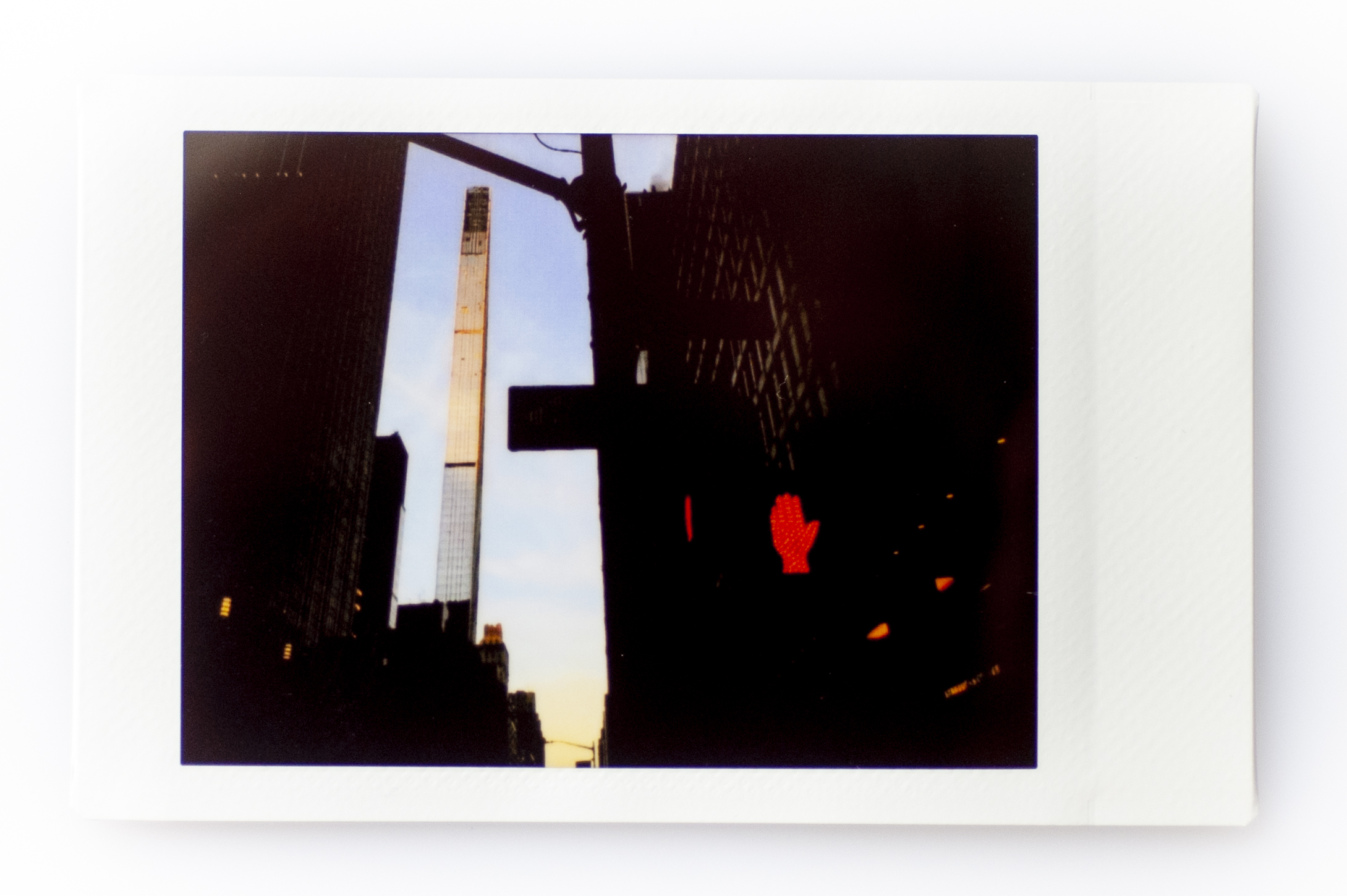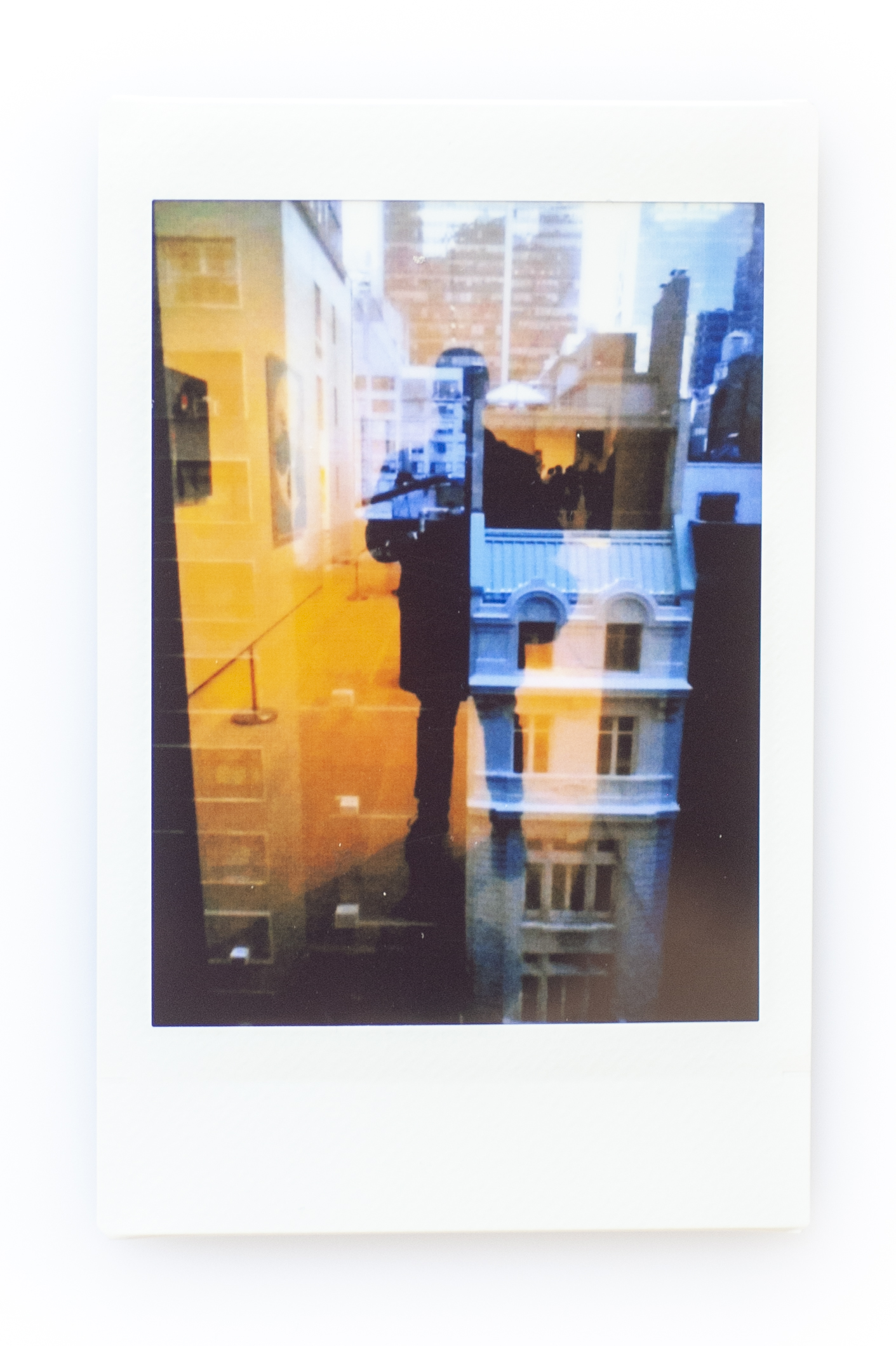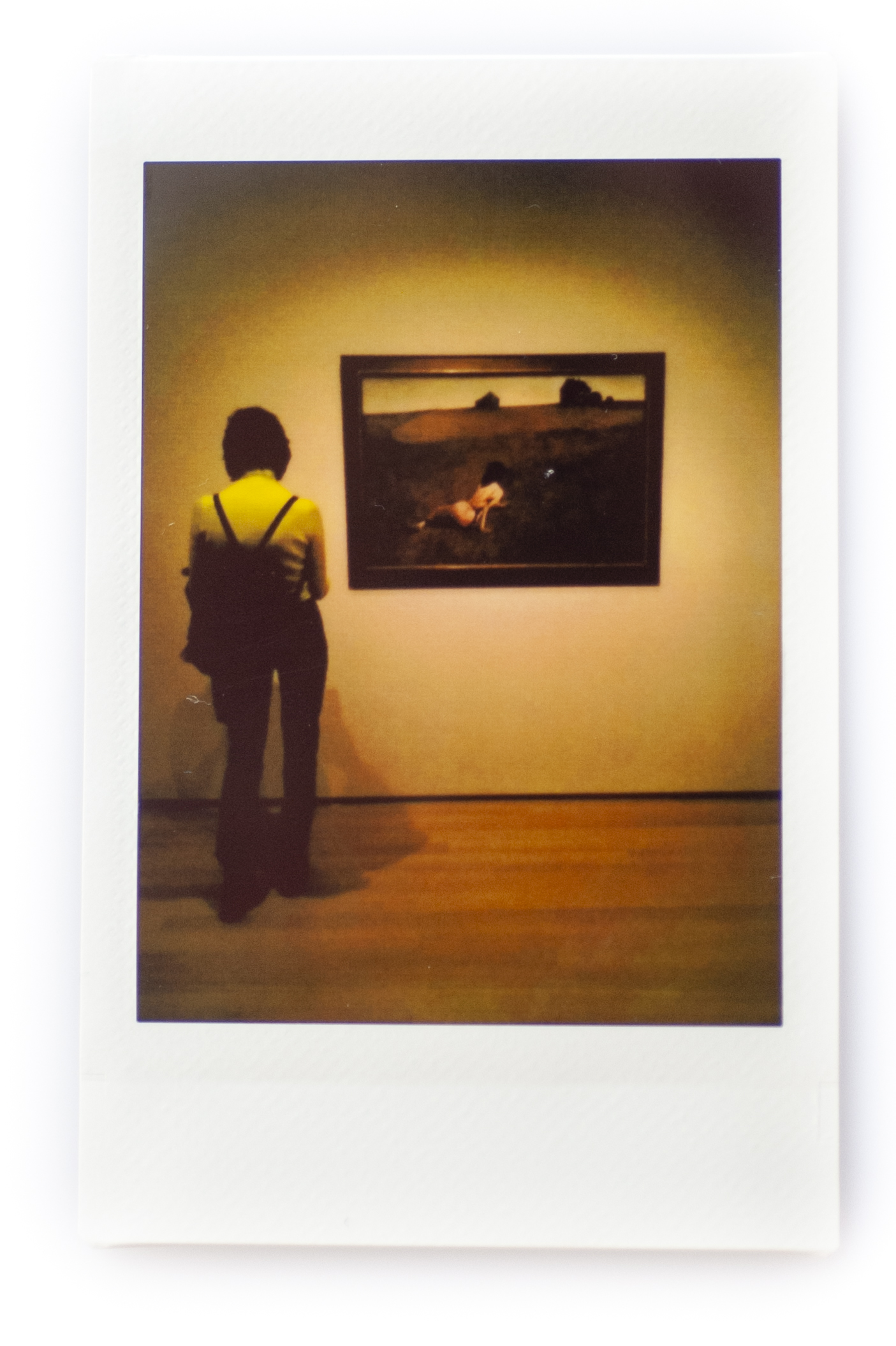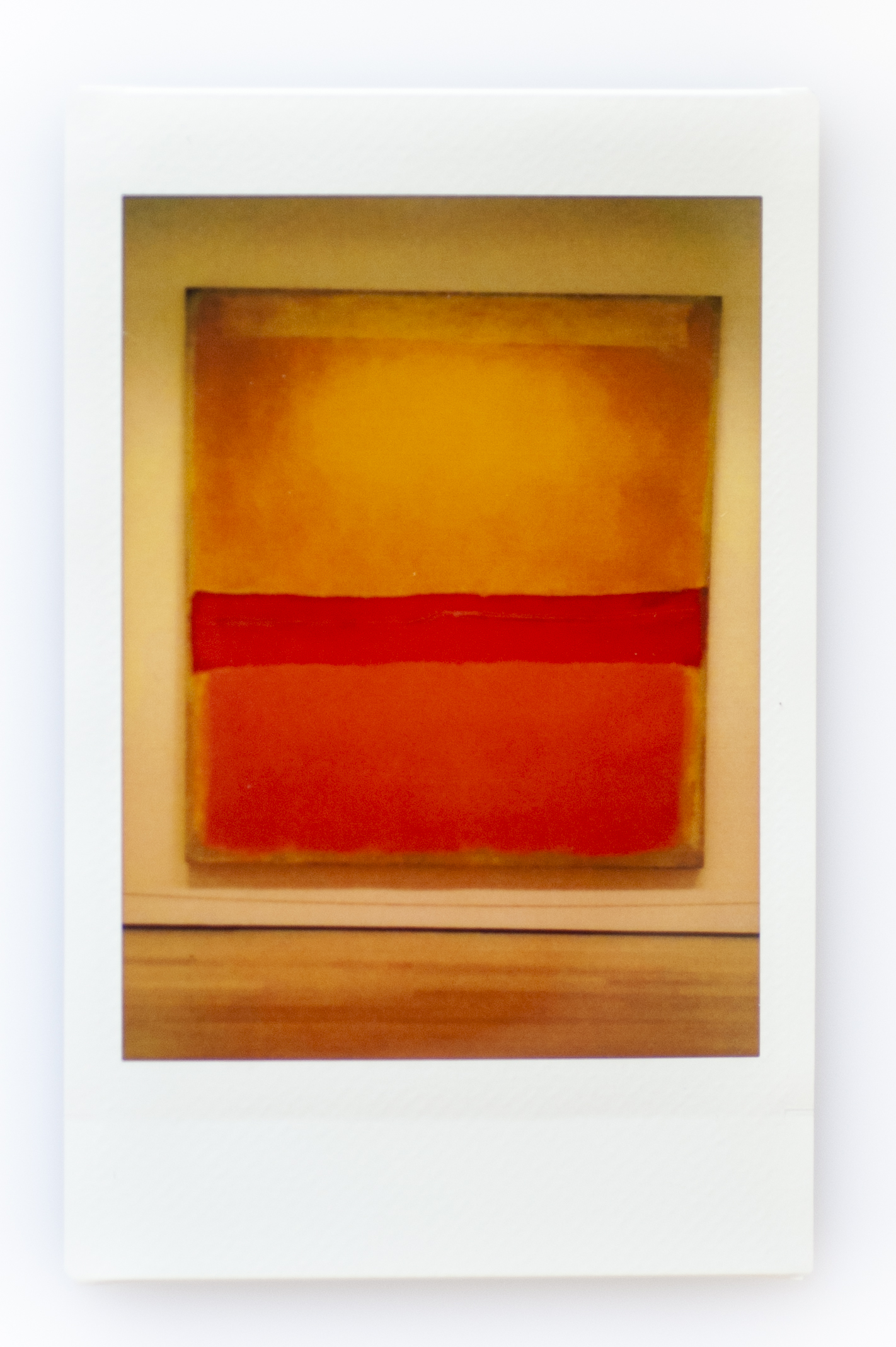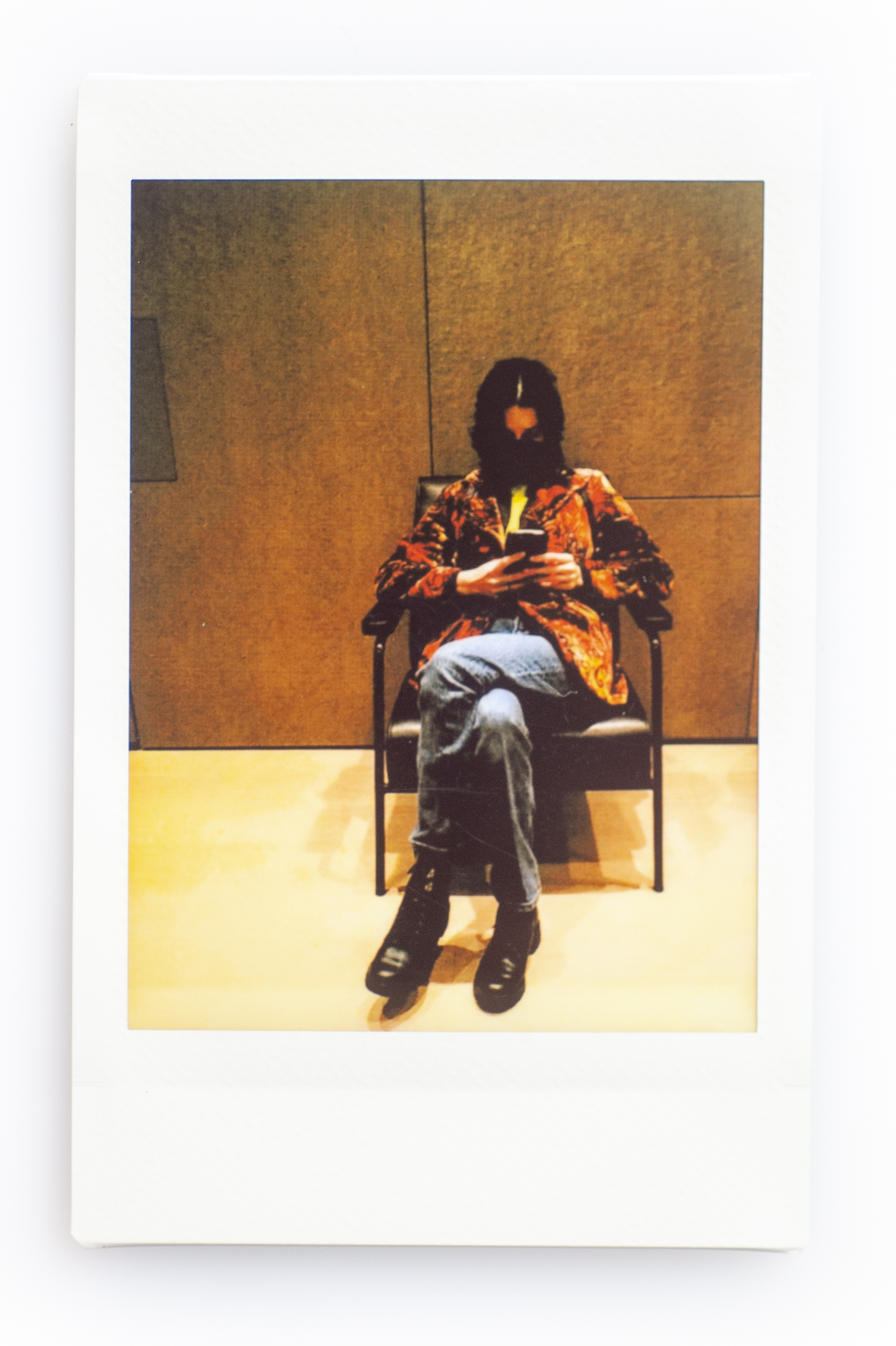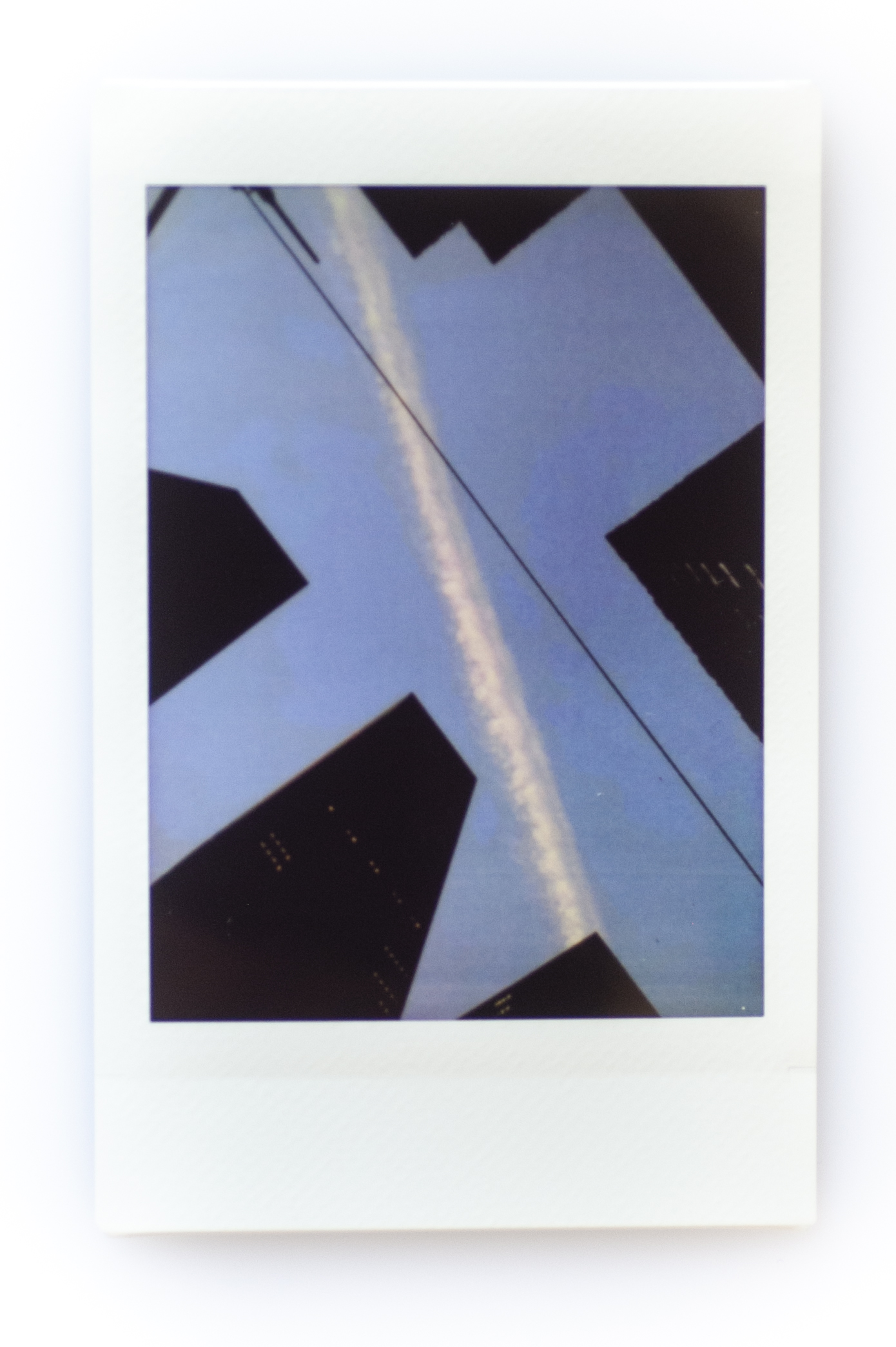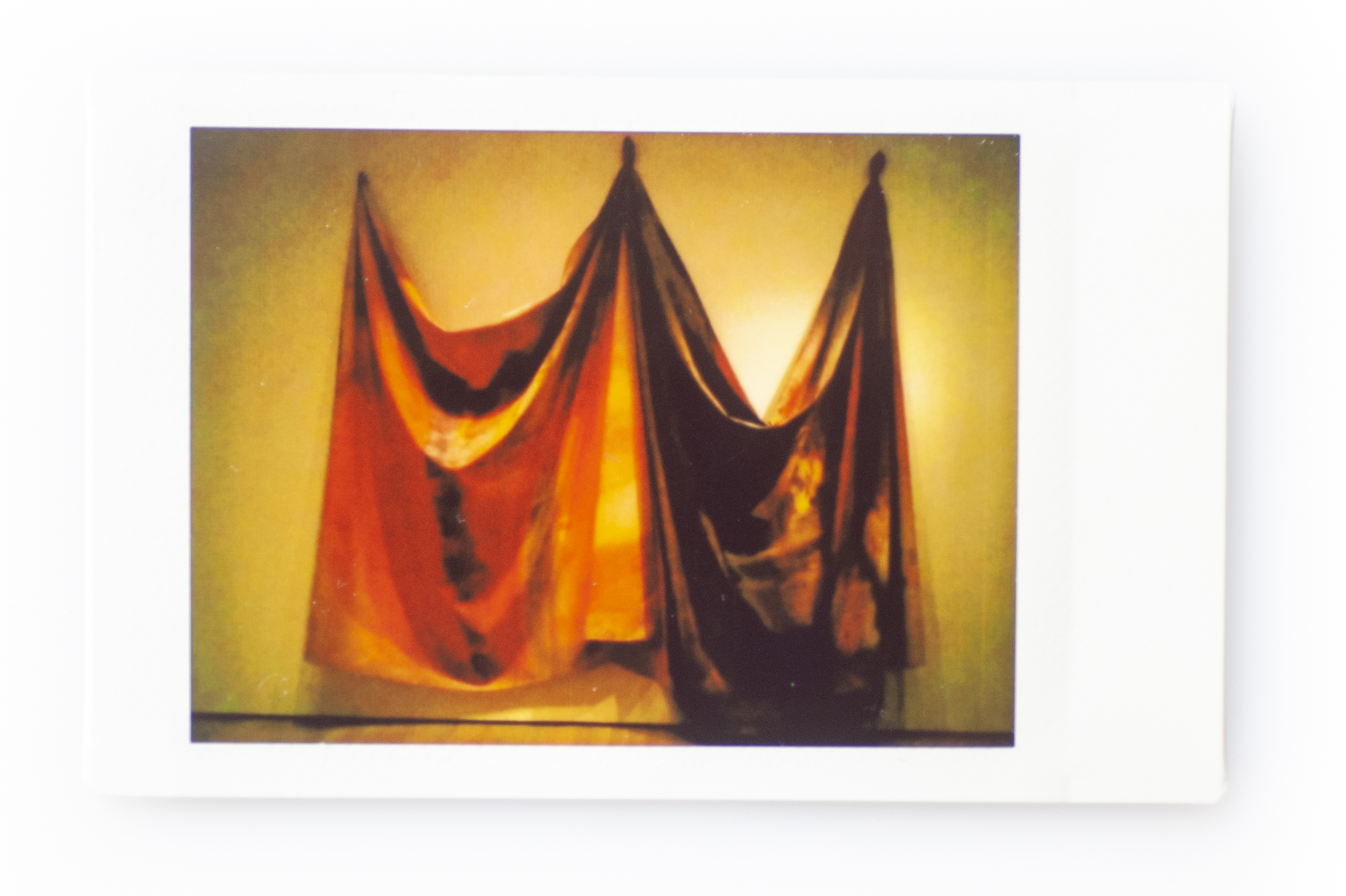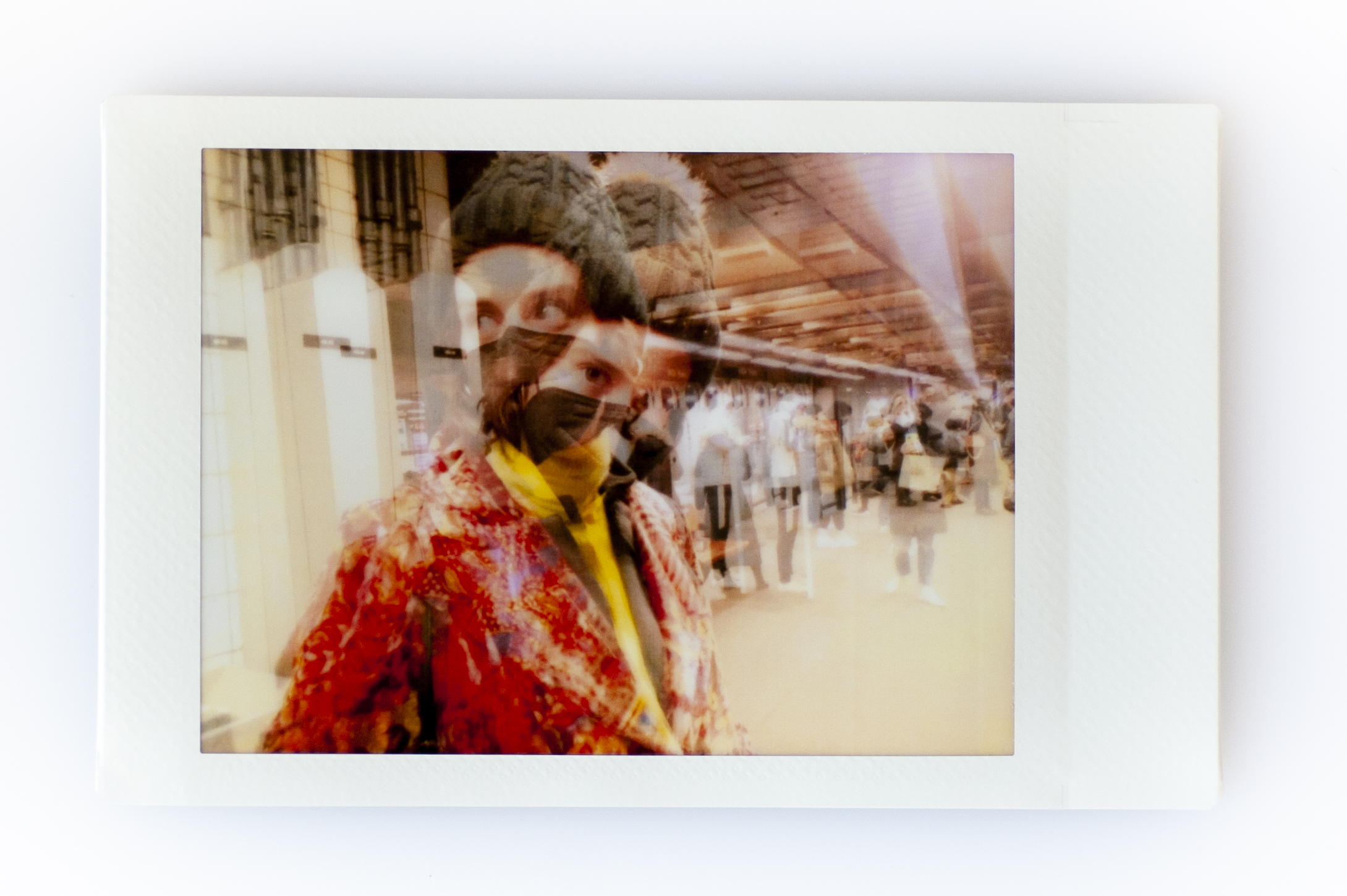What have you got against fun?
The Fujifilm Instax Mini Evo is a compact, “retro-styled,” 4.9-megapixel hybrid camera, an easy-to-use digital point-and-shooter and Instax analogue printer all in one. It allows you to shoot, modify and print images in seconds, on the fly. And it’s fun. So get over it.
Historically, the appeal of instant film has always been its implicit promise of joyful spontaneity and ‘happy accidents’. It was always a wonderfully unpredictable medium. Half the time the ‘mistakes’ — the result of crusty rollers, poorly spread emulsion, expired film — made for the most interesting results. (Isn’t that why so many of the digital filters and simulations fetishize these effects?) One prohibitive restraint, however, was the cost of film and the number of prints you’d have to burn to arrive at a usable print or at that happy accident.
The Evo, of course, addresses this problem by merging the in-the-moment unpredictable esthetic of the analogue snapshot with the control, precision and utter predictability of digital imaging. In a sense, the camera takes away some of the charm of the medium, as it does another charm of working with instant film — that of producing an image with ‘aura’, a single, unique analogue photograph, the only one in the whole world, a souvenir as much a byproduct of historical contingency as the moment it memorialized, which connected early instant imaging to some of the much earlier 19th-century photographic media and in-camera imaging practices — the tintype, for example. With the Evo, the image is infinitely reproducible (as long as your film supply holds out).
You can, of course, use the Evo as you would any other digital camera, but one look at the fairly low-res, though not entirely unpleasant, JPEGs it creates suggests that this camera is all about the Instax prints. That’s its appeal. That’s its raison d’etre.
So, I took it to The Museum of Modern Art. To get all modern-artsy with it. At MoMa.
Because Instax mini film is ISO 800, I didn’t have to engage the flash, a fortunate thing as museum guides, usually calm and measured, have a tendency to wax apoplectic when you start flashing away at a Jackson Pollack. I had dialed back the flash power a stop and a half anyway, as it was blasting out the highlights. (Not that I don’t appreciate the role of flash in the venerable snapshot esthetic.)
My partner and I rolled through the exhibition, floor after floor, kicking it with the Rothkos and Joan Mitchells and Picassos, with me snapping away as inconspicuously as shooting with a cell phone, which is exactly what every single other patron was doing. This brings me to another point. Why not just use your cell phone camera (teamed with, perhaps, the nifty little wireless Instax Share SP-2 printer)? Because it’s not as much fun. Because cameras — actual cameras — are more fun than cell phones. They just are. And because the Evo looks so rangefinder cool and does what it does all in one small package. On the fly. As it did, or as I did, when a guy came up to me, expensive mirrorless camera around his neck, all solicitously curious about my “interesting looking camera” (it drew many glances all day). A street photographer. A camera guy. We chatted. Actually, he chatted. I just listened. I couldn’t get a word in edgeways until I took his pic (didn’t even ask) and handed him the photo; I made a friend as we waited for the image to appear. This is what the Evo is for. Interpersonal interaction. Getting to know strangers. Fun.
The Evo takes a Micro SD card, though its internal memory allows for 45 shots. It has a 28mm-equivalent f2.0 lens. There are 10 ‘lens’ settings – things like mirror, color shift, and double exposure – and a series of digital film simulations (sepia, monochrome, retro, pale, etc.). They’re all cool. I tried them and like them, though I preferred to shoot in normal lens mode/normal color most of the day. There’s an app that lets you transfer images to your iPhone over WiFi in a digital facsimile of the Instax mini instant film frame. You can also print pics taken with your cell phone to the Evo, which is cool, too.
But, in the end, the Evo is all about the print. The actual print. Something you can immediately hold in your hand. It’s about the enduring allure and mystique of analogue photography, which means, for me, that it’s all about the color, which is the main thing I love about Instax images. Fujifilm knows color. And with prints this size, the real effect comes when, after a day of shooting in NYC with the Evo, you make a little curated Mondrian arrangement of all your photos, portrait and landscape, the blues, reds, oranges, the golds all coming together into a glorious analogue mosaic. Fun, yeah.



